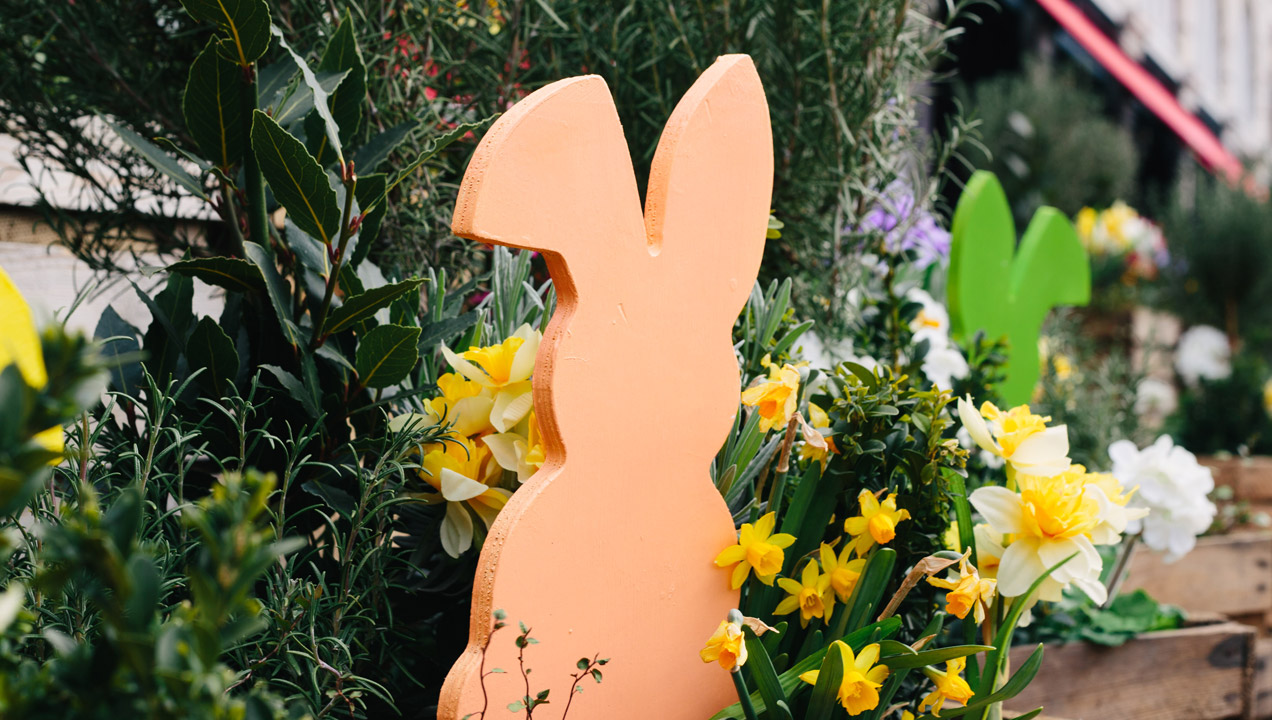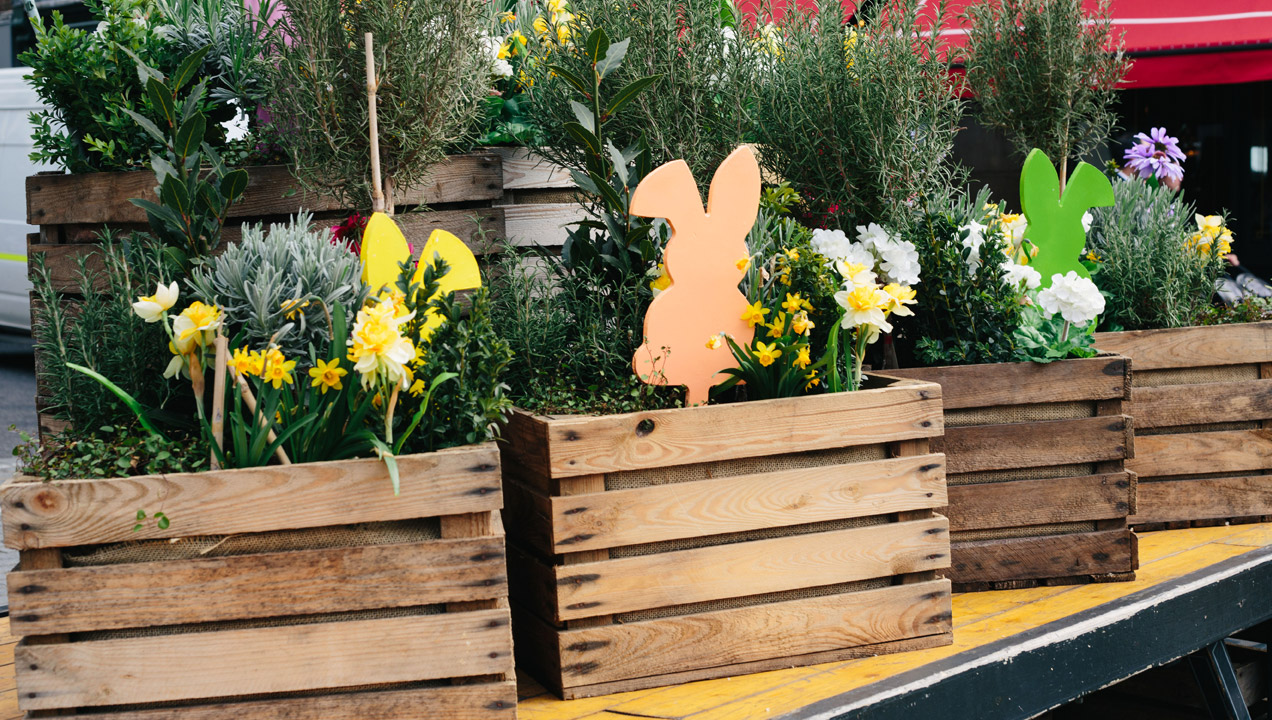The Easter Bunny and Product Evolution
Once upon a time there was a rabbit who laid eggs. Not chicken eggs, or rabbit eggs with little rabbits inside, but chocolate eggs. This rabbit would hop around laying chocolate eggs in hidden places all around the world for children to come along and find. If any part of that story doesn’t make sense to you then you are not alone.
The Easter Bunny that we all know and love is the product of natural selection. It started off life back in the pagan festivals of the spring equinox as a huge hopping hare of a fertility symbol.
Then along came Christianity, and our mad March hare transformed into an innocent little bunny rabbit. That was the first evolution that our furry little friend had to make to survive. Despite having no link, however tenuous, between a rabbit and the Christian holiday of Easter it somehow snuck by unnoticed. The Bunny was eventually assigned the job of delivering eggs all over the world, co-opting some of Old Saint Nick’s shtick to ensure that children had a vested interest in continuing to believe in it. Even though the eggs themselves have a very shaky connection to the religious celebration.

A further evolution mainly hit the rabbit in the wardrobe department as Lewis Caroll’s Alice Through The Looking Glass gained popularity. The White Rabbit, lagomorph style icon, was in as much of a hurry as a Bunny trying to deliver chocolate to every child in the world. People made the mental connection and the Easter Bunny started sporting some rather fancy Victorian waistcoats.
The journey of the Easter Bunny could be seen as a classic example of Darwinian evolution being applied to a concept rather than a creature. Yes, it has adapted through centuries of cultural changes to remain relevant, but survival is the absolute lowest benchmark of success. Evolution does not produce good design; sometimes you are left with dozens of hold-over features, many of which interfere with the smooth running of your concept. None of these faults are serious enough to stop the creature from reproducing, or the idea from propagating, but they do nothing to help it either.
Humans may be forgiving when it comes to their ritual behaviors having underlying logic, but when it comes to technology, the Easter Bunny equivalents are in some serious trouble. The addition of new features can leave us with legacy systems and inertia, with floppy disk save icons and typewriter features on our keyboards. Precisely why we need design thinking instead of product evolution. Design thinking encourages us to consider, through the customer’s eyes, not only what functions to include but equally what to omit or remove to improve overall customer experience.

In the Easter Bunny ‘experience’ redundant features like fertility symbolism are just a nuisance to navigate around. Add-on features like a chocolate delivery service are great, but when you get to the stage of adding steampunk aesthetics in a desperate bid to make your product relevant and hip it is probably time to close up shop.
In nature, the creatures which fail at evolution collapse under the weight of their own useless features and go extinct. In a competitive market, there is no niche for poorly evolved products like dapper rabbits that plop out chocolate eggs.
